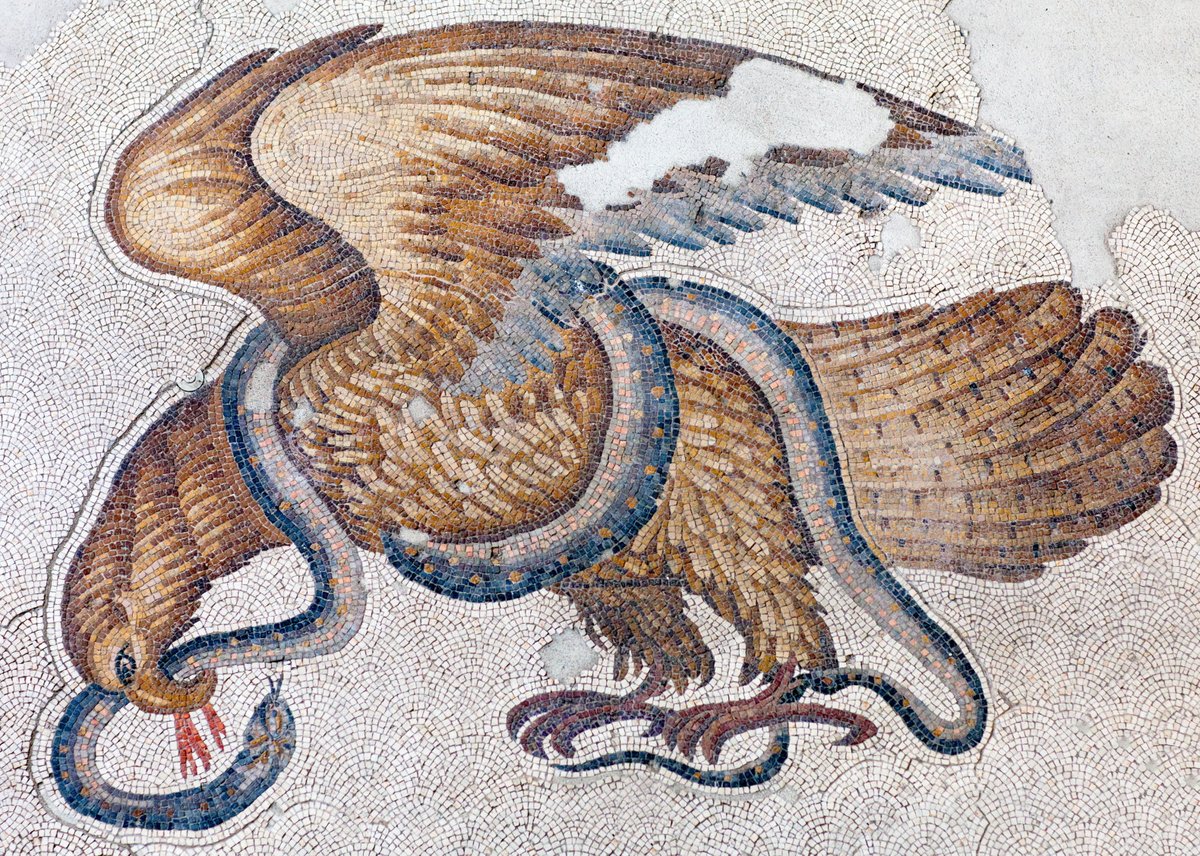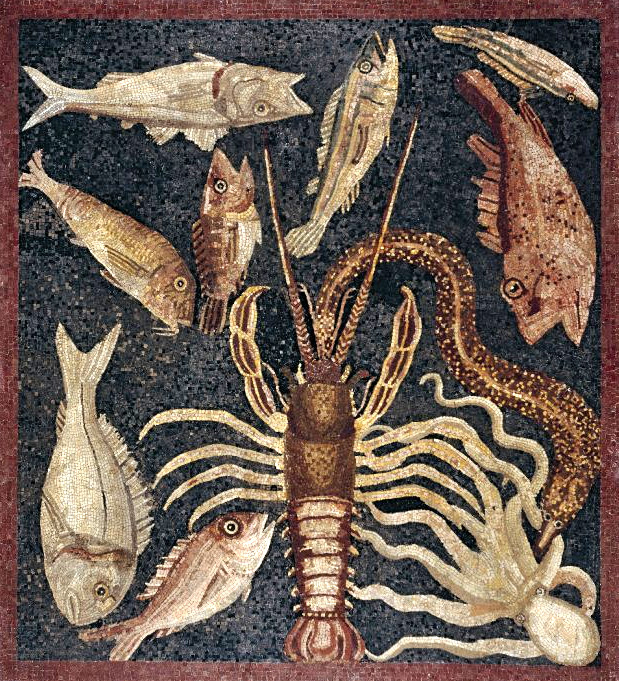1601
1602
1603
1605
1606
1609
1610
1611
1615
1616
1617
1618
1619
1620
1621
1622
1623
1624
1625

























